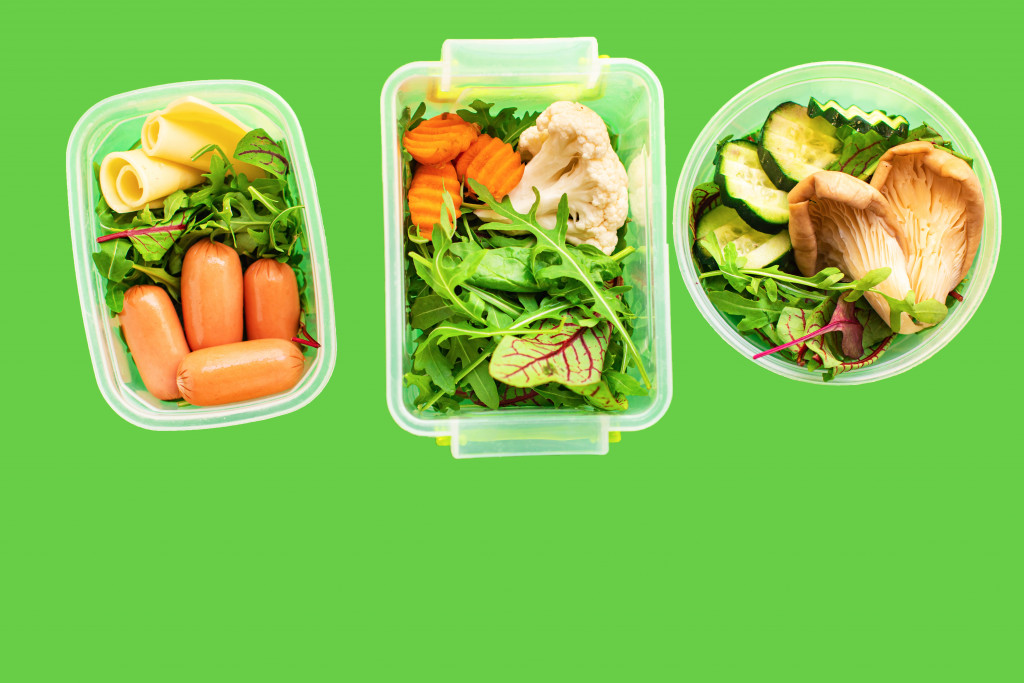- Research your local market to ensure there is demand for your product/service and understand the competition.
- Understand food safety regulations and obtain necessary licenses & permits.
- Invest in good flooring and commercial-grade kitchen appliances and inspect pre-existing facilities for potential hazards.
- Train staff on food storage/preparation/serving techniques and keep detailed records of food-handling activities.
- Create a comprehensive business plan with budget details, secure funding, and create menu & marketing plan.
Opening a small family restaurant can be an exciting and rewarding journey. Whether you’re looking to start from scratch or buy a pre-existing business, there are several essential steps you need to take before you open your doors. This blog post covers the basics of starting a small family restaurant business so you can get up and running as smoothly as possible.
Research Your Market
The first step in opening any business is to conduct thorough market research. Researching the local market will help you to determine if there is enough demand for your product or service and what type of customers you can expect to attract.
It’s also important to look at the competition in the area; what types of restaurants are already established, and how successful are they? Knowing this information will allow you to make smart decisions when creating your menu and pricing structure.
Understand Food Safety and Regulations

Food businesses are expected to comply with various laws and regulations, so it’s important to understand food safety and sanitation requirements before you open. Contact your local health department for information on the licenses, permits, and inspections you need to operate legally. In general, here are the standard food safety rules to follow:
Cleanliness
When it comes to managing food safety, cleanliness is vital. Invest in good flooring for food processing so that it is easy to clean and disinfect. Modern flooring solutions such as epoxy flooring have antimicrobial properties that help control the spread of bacteria and help keep your restaurant clean.
Equipment and Facilities
You will also need to ensure that all your food-handling equipment is in good working order. Investing in commercial-grade kitchen appliances, such as refrigerators and dishwashers, will help you keep the food safe and reduce contamination risk. Additionally, make sure to check any pre-existing facilities for potential hazards or areas that need to be improved.
Keep food safety records
It’s essential to keep detailed records of all food storage, processing, and serving activities. This allows you to identify problems quickly and take steps to fix them before they turn into serious health risks. Keeping accurate records also ensures that you comply with all relevant regulations.
Train Staff and Create Policies
Training your staff on food safety is essential to ensure proper procedures are followed. Make sure to provide comprehensive training on food storage, preparation, and serving techniques so your staff knows the best practices for handling food safely.
Create Your Business Plan

Once you have researched your market, it’s time to create your business plan. Your plan should include detailed information about goals for the business, costs associated with setting up shop, an inventory list, staffing needs, marketing strategies, and more. Having a comprehensive business plan before launching your restaurant will help ensure that you stay on track and don’t get overwhelmed by the process.
Moreover, your business plan should also include a budget for the costs associated with setting up the shop. This includes equipment, facilities, permits, licenses, and any other expenses you may incur.
Secure Funding & Licenses
You’ll need financial resources to open a restaurant—even if it is a small family-owned business—so be sure to secure funding from investors or lenders before getting started. Depending on where you live, there may be certain licenses or permits required for operating a food establishment; be sure to check with your local government or health department for more information.
Create Your Menu & Marketing Plan
Your menu is one of the most important aspects of starting a small family restaurant, so plan it carefully. Consider the market you are targeting and the types of dishes your customers will be interested in. You may also consider offering daily specials or seasonal menus to keep things fresh.
Once a menu is created, it’s time to start marketing your restaurant. Create a website or social media pages, print menus and flyers, and use word-of-mouth advertising to get the word out about your business. You may also consider offering discounts or coupons to incentivize customers to return.
Starting a small family restaurant business can be daunting, but with proper planning and research, it doesn’t have to be overwhelming! With the right preparation and guidance, you can ensure your restaurant is successful. So use these tips to get started on the right foot and enjoy the journey!



















